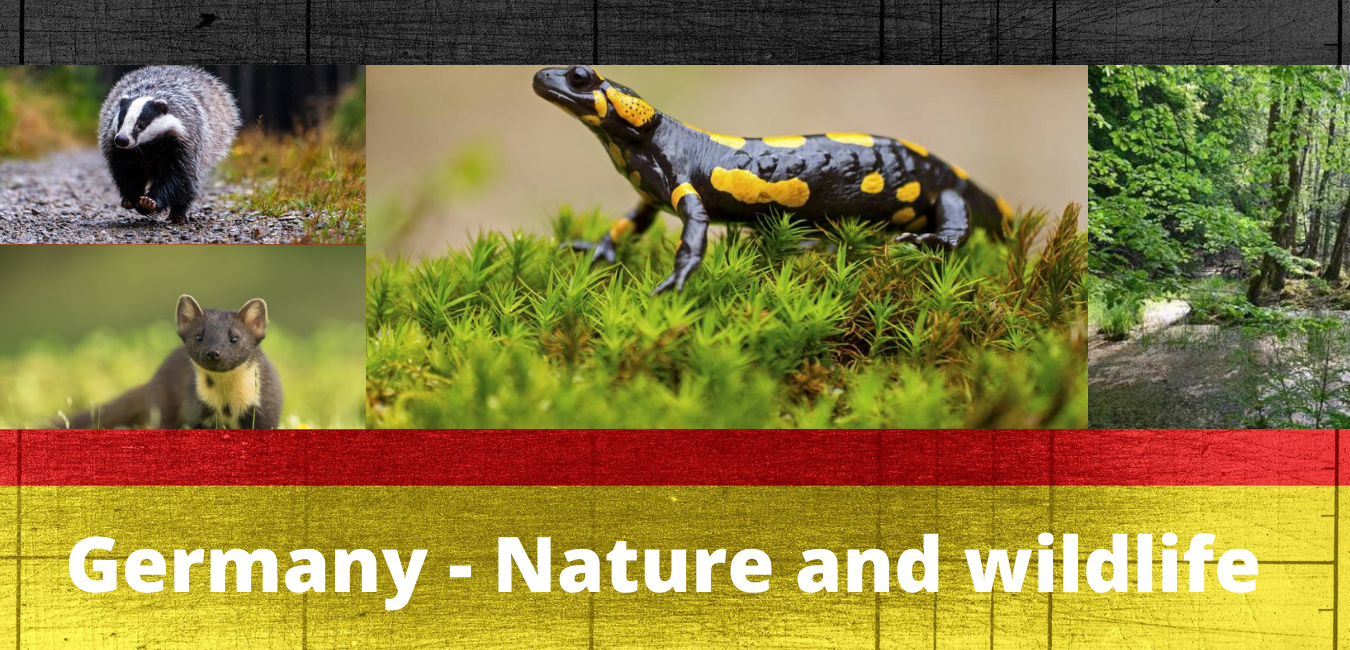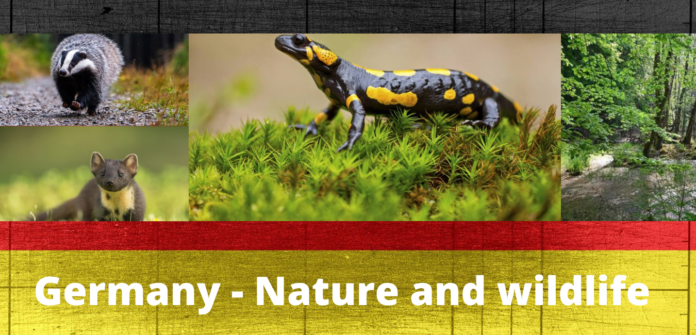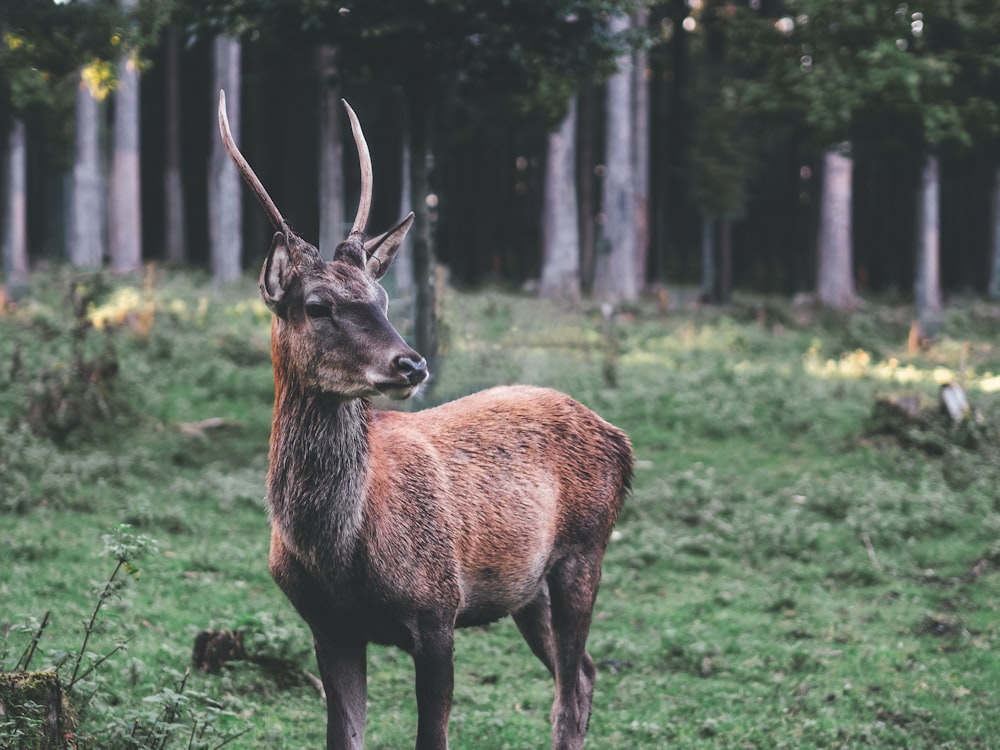Germany offers a great deal of unspoiled natural landscapes and diverse flora and fauna. Well, remember, too, that Germany has a diverse landscape and vegetation cover that provides special habitat ground for breeding of both land and water animals.
Moreover, there are many fertile ranges with streams that also act as a source of food. In as much as Germany is known to harbor foreign animals, you shall be surprised that there are at least eight to ten animals that are native to Germany.
In this blog, we are going to show you the protected wildlife habitat and water catchments, which are still untouched in Germany.
Moreover, the government is also doing everything possible with the help of UNESCO to protect any remaining animals’ members of the endangered species in Europe like the famously known “German big five”.
Interesting wildlife creatures that one could find in Germany.
German Big five
Currently, there is an ongoing species protection project undertaken by the World Wide Fund for Nature (WWF) in Germany, which is mostly directed to protecting the Big Five.
The Big Five animals include the elk, grey seal, wolfs, European bison, and lynx. For wolves, it has been a long journey, for they once threatened to remain extinct after they disappeared, probably after getting into conflict with the human population at forest borders.
However, WWF is now doing all within its powers with the support of UNESCO, to make sure that wolves are accorded a habitable breeding atmosphere like any other wild animal is supposed.
Alpine Ibex
If you’re hiking at a high elevation in the Alps, you might stumble across an Alpine ibex (commonly referred to as a Steinbock in German). This is a species of wild goat that is an excellent climber and lives in rough terrain near the snow line. So in order to spot one, you have to be pretty high up!
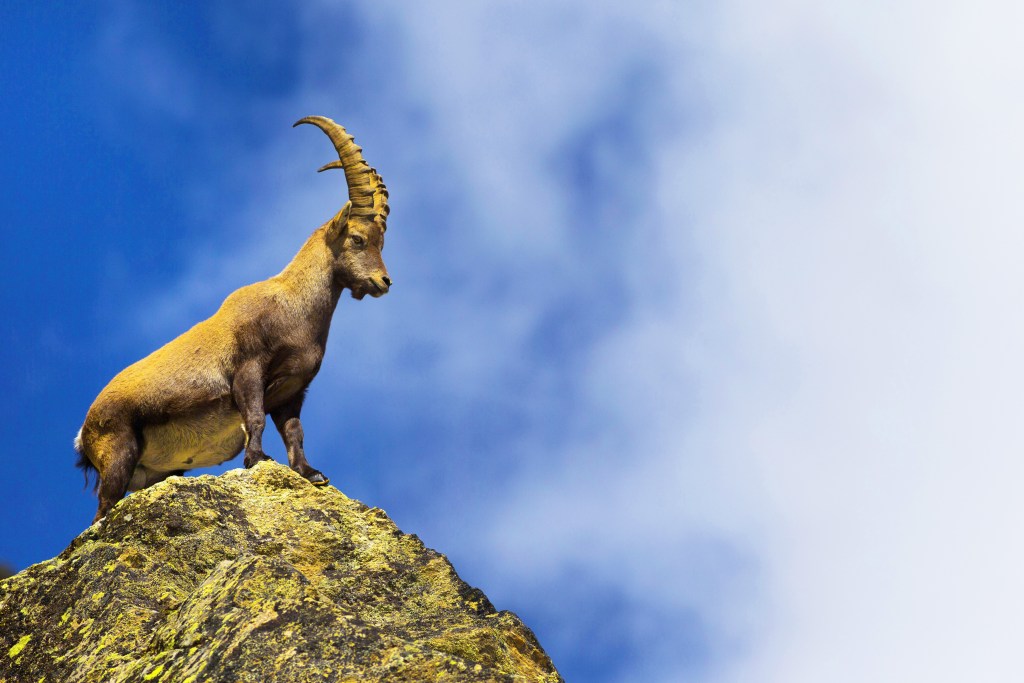
Red Fox
One of Germany’s most famous inhabitants is the red fox – and if you spend a lot of time in nature, you have a good chance of seeing one!
Red foxes have long snouts and red fur across the face, back, sides, and tail. Their throat, chin, and belly are grayish-white. Red foxes have black feet and black-tipped ears that are large and pointy. One of the most noticeable characteristics of the red fox is the fluffy white-tipped tail. Red foxes are about three feet long and two feet tall.
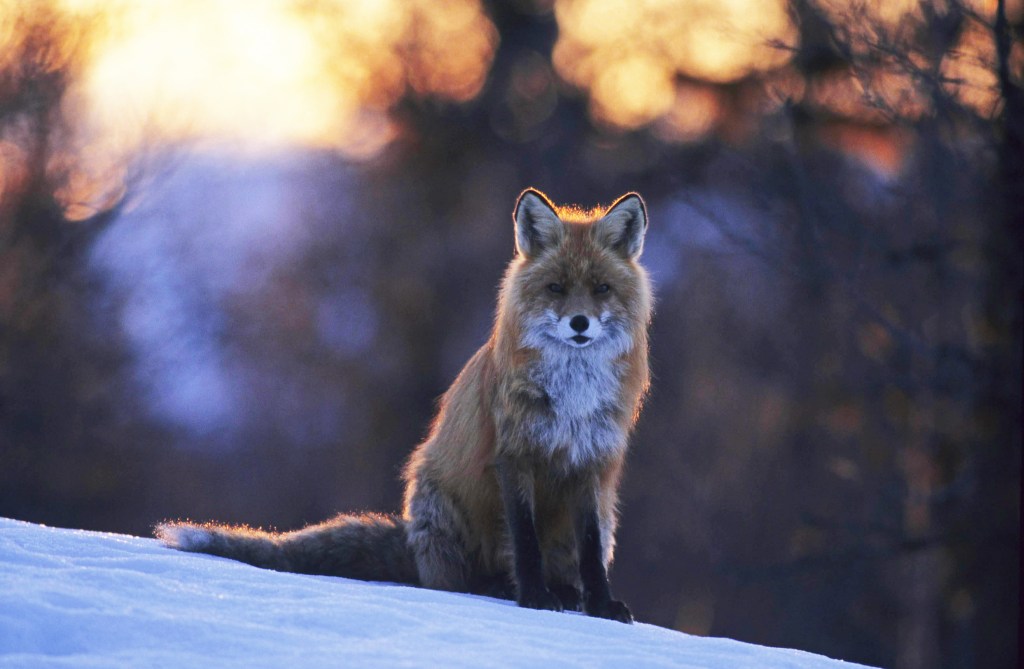
Fire Salamander – Skin that breathes
Fire salamanders are sometimes called lungless salamanders because their bodies take in oxygen through their moist, permeable skin. That thin, frog-like skin also makes them especially sensitive to pollutants or diseases in their environment.
Watch where you’re stepping – you might find a fire salamander! These amphibians are distinguished by their black bodies with yellow spots or stripes.
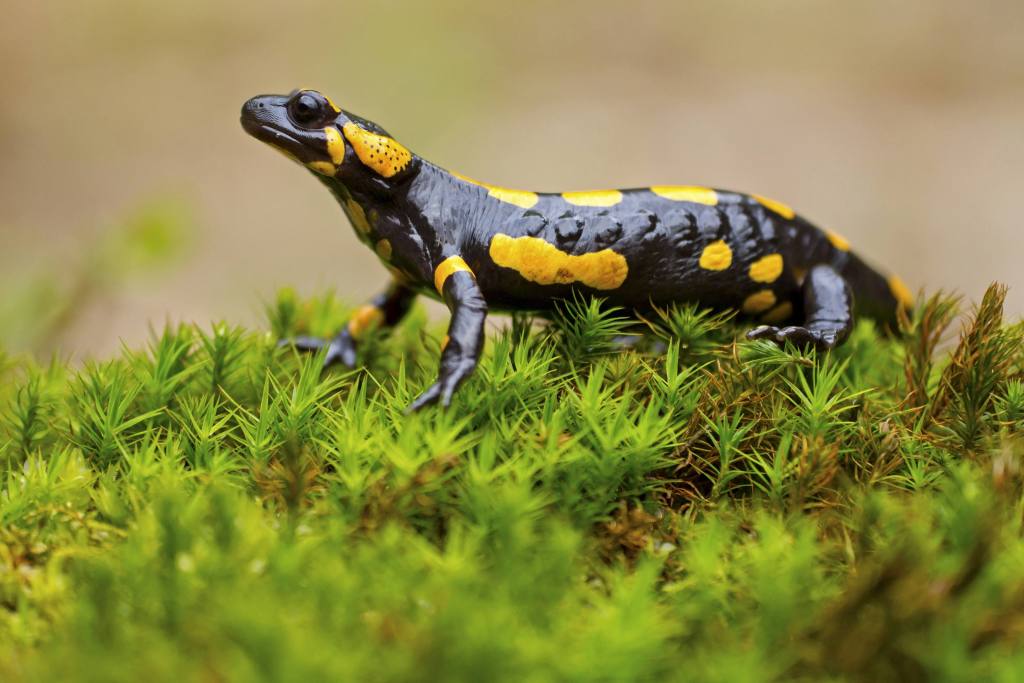
European Pine Marten
The European pine marten is distributed through most portions of continental Eurasia from western Europe in the west to western Siberia in the east, from the northern edge of coniferous forest in the north to Asia Minor in the south.
Facts about red squirrels:
- Pine martens can live for up to 12 years
- They live in dens. These are often located in roof spaces above buildings
- They eat mainly voles and mice, but also rabbits, small birds, birds’ eggs, berries, and insects
- Squirrels are preyed upon by foxes and golden eagles mainly
- Most of the Pine marten population is found in Scotland, with fewer than 100 in England and Wales.
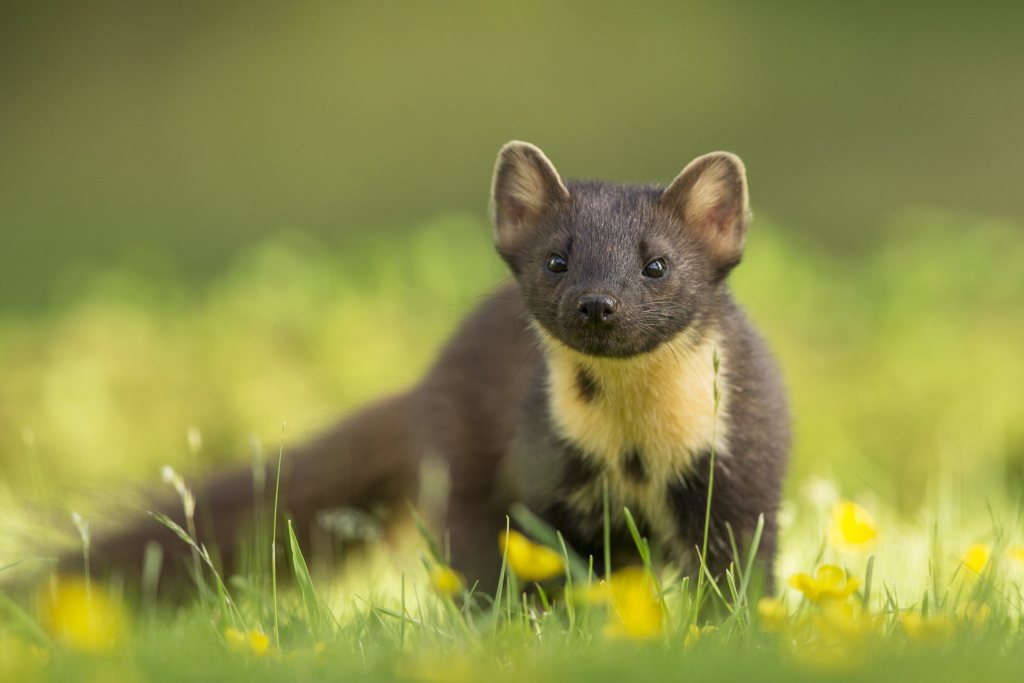
European Badger
The European Badger (called a Dachs in German) is found throughout most of Europe. It is a burrowing, nocturnal animal – so your best chances for seeing one is at night.
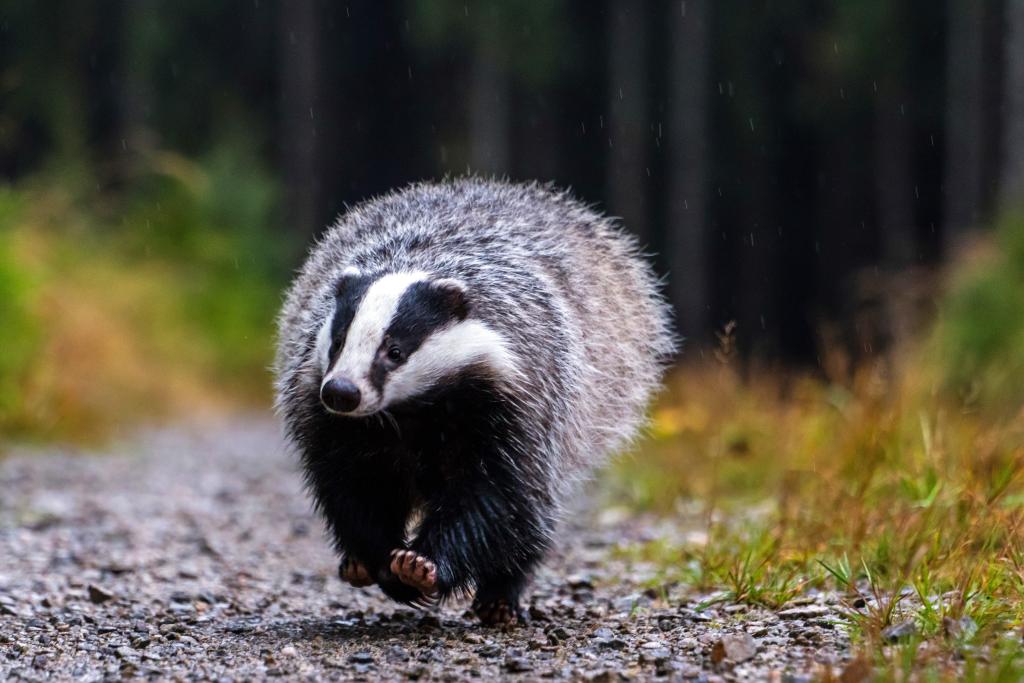
Venomous Animals in Germany
Asp Viper
- Habitat: Quarries (mostly on the southern side), areas without vegetation
- Distribution: Southern Black Forest
- Size: Up to 35.4 in (90 cm)
- Characteristics: Triangular head, vertical pupils
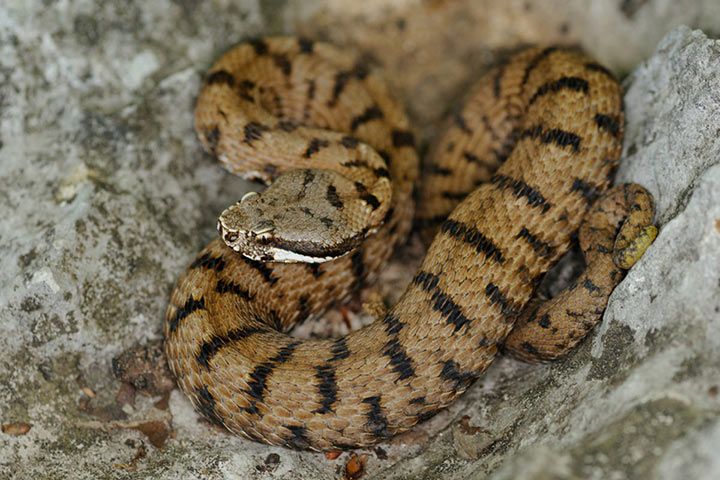
European Viper
- Habitat: Heaths, forest edges, coniferous forests, moors
- Distribution: The flatlands of Northern Germany, the Black Forest, Swabian Alps, Bavarian Forest, the Alps
- Size: Up to 35.4 in (90 cm)
- Characteristics: Flat snout, head not much wider than body
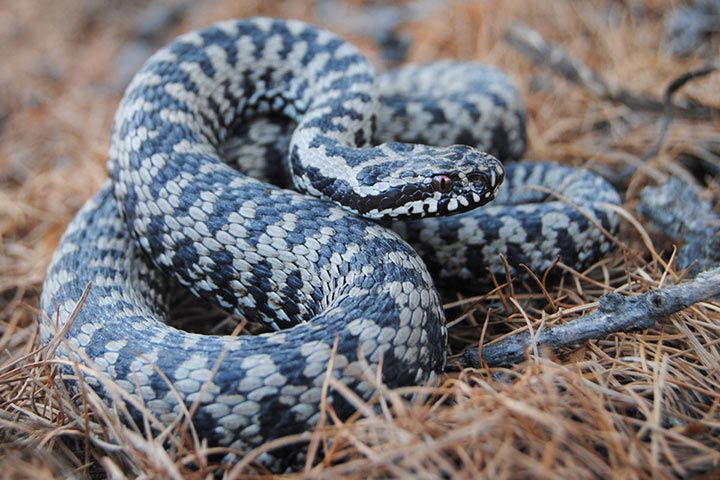
Yellow Sac Spider
- Habitat: High shrubs, clearings, meadows, waysides
- Distribution: Saarland, Rhine-Main area, Saxony-Anhalt, Saxony
- Size: Up to 0.59 in (1,5 cm)
- Characteristics: Red-orange front body, yellow to the green abdomen
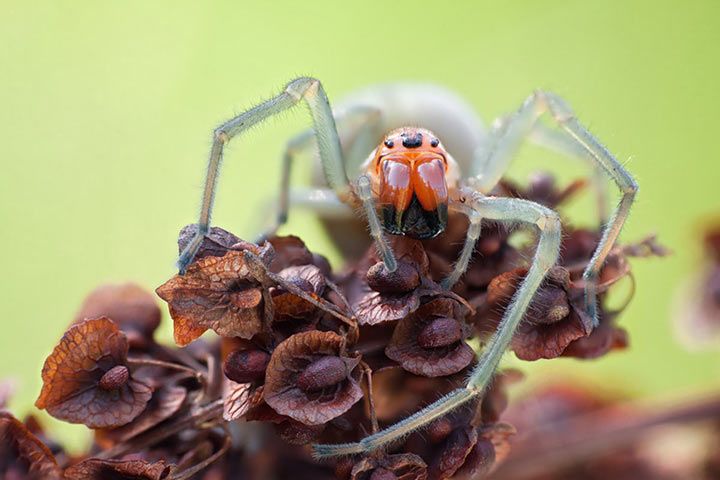
National Parks in Germany
The perfect way to explore the fascinating nature of the different regions is undoubtedly visiting the country’s many national parks that preserve the natural surroundings and wildlife at their best. We have listed ten of the most beautiful national parks in Germany.
Saxon Switzerland National Park
Located in the far east of the country on the border with the Czech Republic, this amazing park is simply stunning to visit.
Most eye-catching are the dramatic rock formations, that rise like chimneys over the rivers and valleys of this eastern German state. Made up of unique rock formations, picturesque bridges, plunging canyons, and rolling hills, its beauty is unrivaled.
More info
- Open In Google Maps
- +4935022900600
- Visit Website
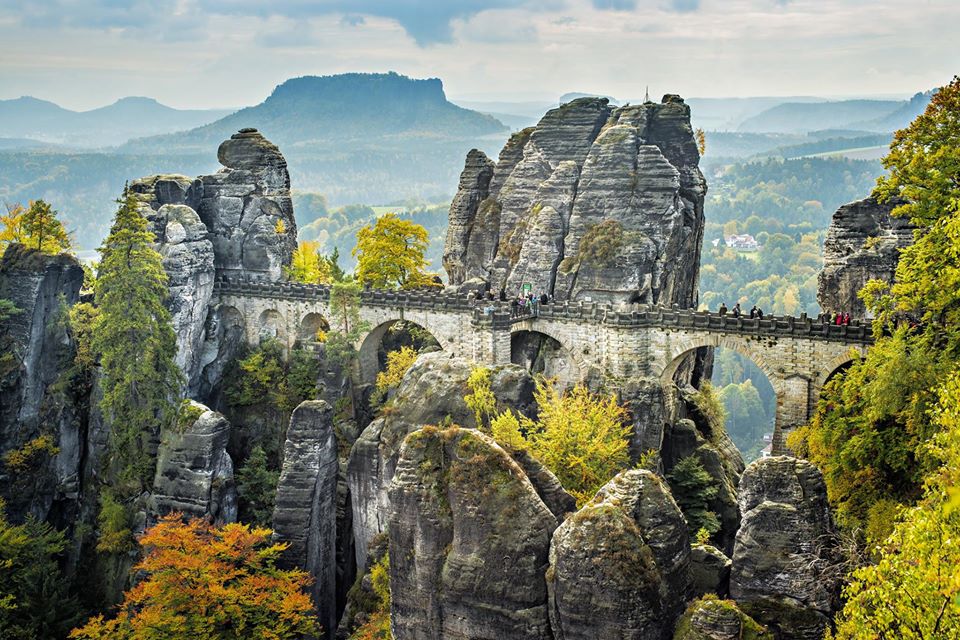
Jasmund National Park
Jasmund National Park is especially admired for its chalk cliffs that rise up directly next to the sea. This gem in the north of Germany merely reminds travelers of a subtropical destination, rather than a German reserve, and you’ll find this national park on the coast of the Baltic Sea. It’s home to 700-years-old ancient forests that are under the protection of UNESCO Natural Heritage Site.
More info
- Open In Google Maps
- +49382345020
- Visit Website
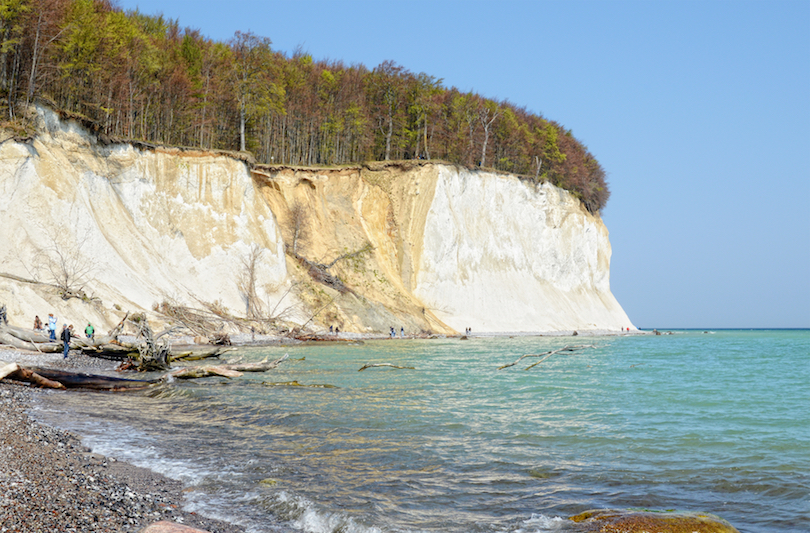
Müritz National Park
As far as your eyes can see, you’d find a beautiful lake. Müritz National Park is sited next to the long eastern shoreline of Lake Müritz in Europe. The national park has a 660-kilometers-long network of cycling and walking trails, therefore easily connecting to all parts of the park. In addition to that, boats and canoes are great options when one wishes to observe ancient beech forests, marshes, and more than 130 lakes.
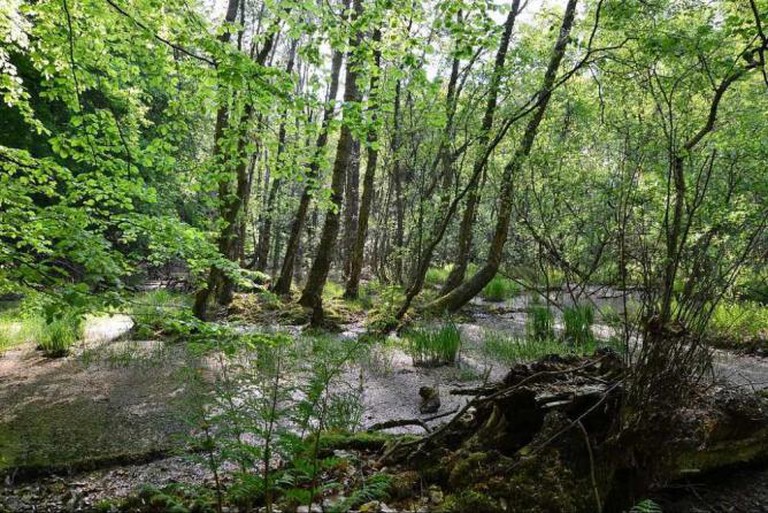
More info
- Open In Google Maps
- +493991668849
- Visit Website
Bavarian Forest National Park
Bavarian Forest National Park is the oldest of all national parks in Germany. There are numerous trekking, jogging, and cycling routes of more than 200 kilometers, marked especially for sports lovers. In addition, multiple cliffs and mountains allow visitors to practice the art of climbing.
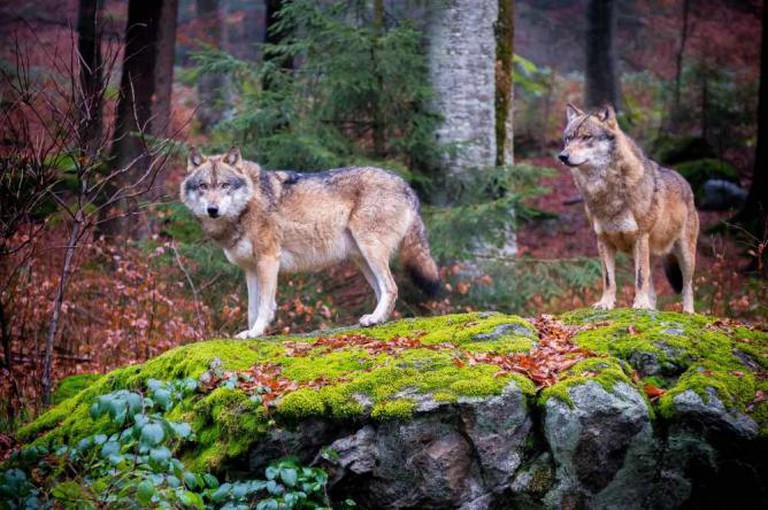
More info
- Open In Google Maps
- +49855296000
- Visit Website
Related Readings:
